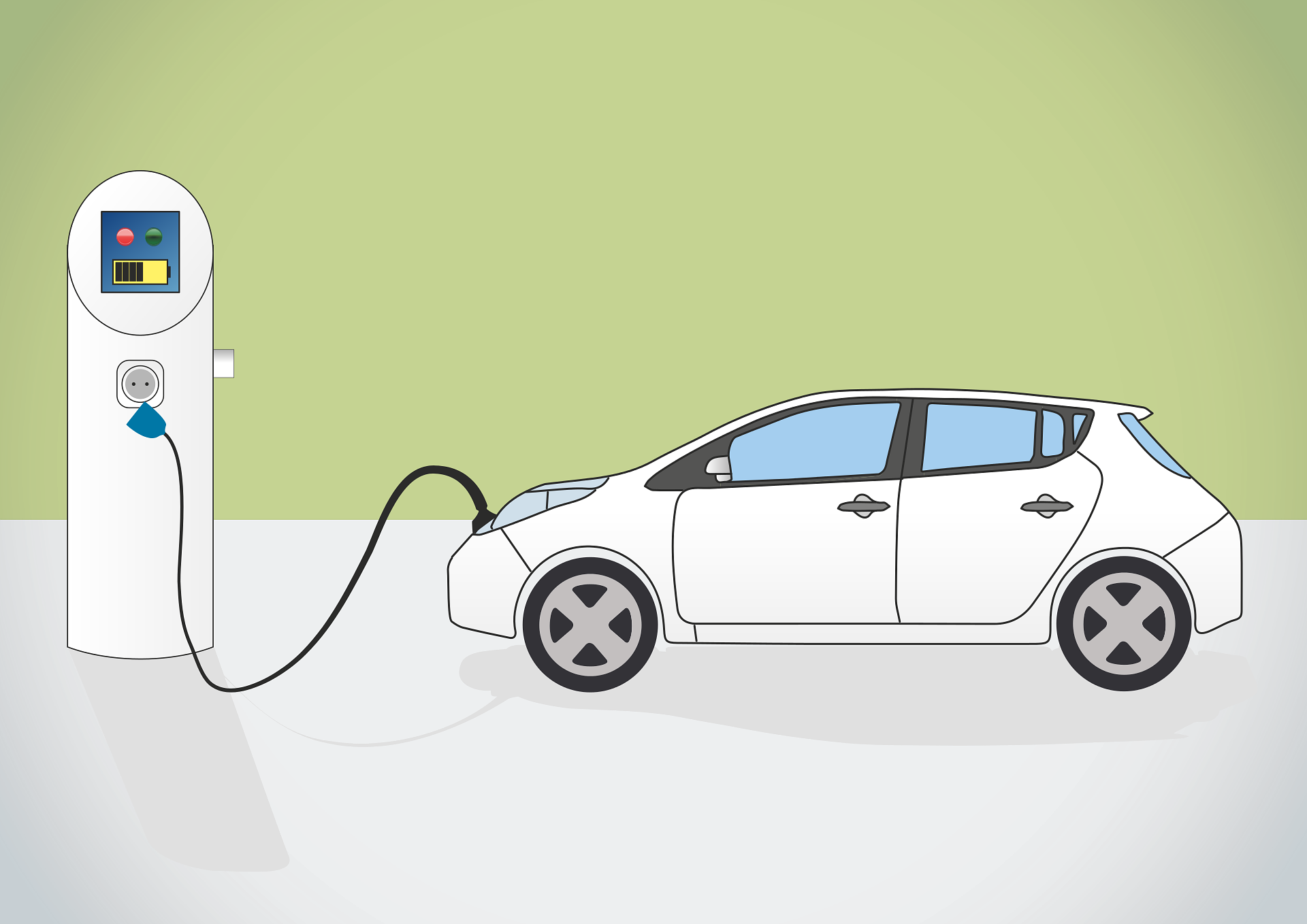论文分享:High Voltage Side DC-Bus Capacitor Voltage Balancing Control of a 350 kW Multiport EV Charging System
标题:High Voltage Side DC-Bus Capacitor Voltage Balancing Control of a 350 kW Multiport EV Charging System
作者:Abhijit Choudhury, Yuichi Mabuchi, Kimihisha Furukawa, Nawaz Husain
单位:株式会社 日立製作所
本文发表于2022 IEEE Energy Conversion Congress and Exposition (ECCE)。
阅读全文:https://ieeexplore.ieee.org/document/9947794

论文简介
固态变压器(SST)占地面积小,在高功率电动汽车充电领域应用中具有潜力。固态变压器的多个变换器模块单元串联连接到公共直流母线上,再通过直流/直流变换器连接到电动汽车。但是这种方案中多个变换器单元串联连接,往往增加系统成本,同时降低效率。为了克服这些问题,本文提出了基于矩阵开关的充电解决方案。变换器模块单元的输出连接到矩阵开关,提供三个独立的快速充电端口(分别为100 kW、100 kW和150 kW)。同时,本文提出了一种直流母线电压平衡策略,以保持高电压侧的直流母线电压平衡,同时为连接的电动汽车提供不同的充电功率。本文通过对6.6 kV、350 kW系统进行仿真并实验验证了所提出的控制方案的有效性。
使用DSIM进行“大规模变换器系统仿真”
本文采用DSIM对6.6 kV、350 kW系统的控制方案进行了验证(该系统包含21个单元,252个开关)。“DSIM的使用是由于在大规模变换器系统仿真中无法使用传统的仿真软件进行研究。”通过DSIM仿真可以验证平衡以及不平衡负载条件下的系统性能。
DSIM仿真结果表明:
(1)当电动汽车2的充电功率从额定功率的90 kW降低到70 kW(减少了23%),所有三相的所有高压电容电压都稳定在1050 V。单元2的调制信号(Vam_up2)低于单元1和单元3,显示出了该系统的控制性能。
(2)当电动汽车2充电功率从额定90 kW进一步降低到45 kW(减少50%),所有的高压电容器电压都稳定在参考值,从而验证了作者提出的控制方案的稳定性。
“DSIM is used due to the large numbers of converter system simulation, which would not be possible to study using the conventional simulation software.”





